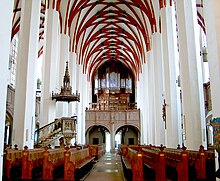Throughout his life as a musician, Johann Sebastian Bach composed cantatas for both secular and sacred use. His church cantatas are cantatas which he composed for use in the Lutheran church, mainly intended for the occasions of the liturgical year.

The cantatas composed by Johann Sebastian Bach, known as Bach cantatas, are a body of work consisting of over 200 surviving independent works, and at least several dozen that are considered lost. As far as known, Bach's earliest cantatas date from 1707, the year he moved to Mühlhausen, although he may have begun composing them at his previous post in Arnstadt. Most of Bach's church cantatas date from his first years as Thomaskantor and director of church music in Leipzig, a position which he took up in 1723.

Ach Gott, wie manches Herzeleid, BWV 58, is a church cantata by Johann Sebastian Bach. He composed the dialogue cantata in Leipzig for the Sunday after New Year's Day.
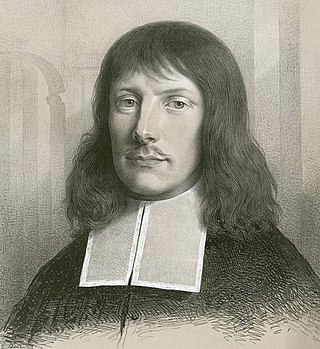
Herr Gott, Beherrscher aller Dinge, BWV 120.2, is a wedding cantata by Johann Sebastian Bach. He composed and first performed it in Leipzig, most likely in 1729.
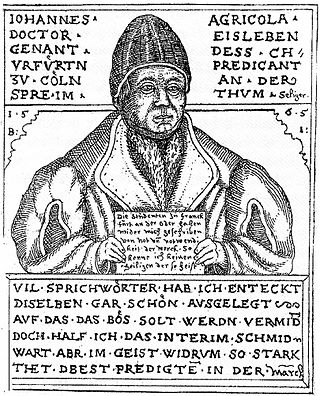
Johann Sebastian Bach composed the church cantata Ich ruf zu dir, Herr Jesu Christ, BWV 177. He wrote the chorale cantata in Leipzig for the fourth Sunday after Trinity and first performed it on 6 July 1732. The cantata text is formed by the unchanged five stanzas of Johann Agricola's hymn.
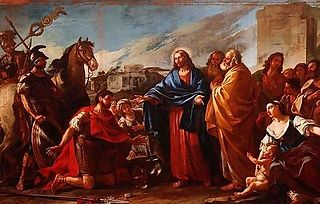
Johann Sebastian Bach composed the church cantata Ich glaube, lieber Herr, hilf meinem Unglauben, BWV 109, in Leipzig for the 21st Sunday after Trinity and first performed it on 17 October 1723.
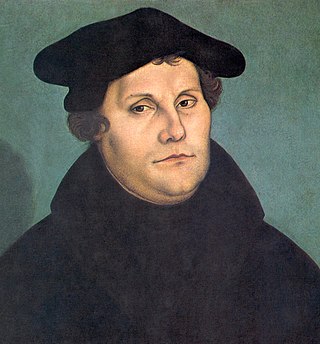
Gelobet seist du, Jesu Christ, BWV 91, is a church cantata by Johann Sebastian Bach. He wrote the Christmas cantata in Leipzig in 1724 for Christmas Day and first performed it on 25 December 1724. The chorale cantata is based on the hymn "Gelobet seist du, Jesu Christ" (1524) by Martin Luther.
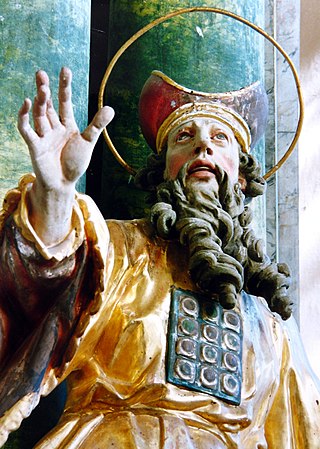
Johann Sebastian Bach composed the church cantata Ihr Menschen, rühmet Gottes Liebe, BWV 167 in Leipzig for the Feast of St. John the Baptist and first performed it on 24 June 1723. It is part of his first cantata cycle in Leipzig.
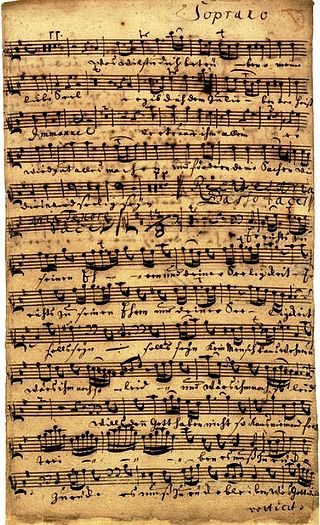
Johann Sebastian Bach composed the church cantata Was willst du dich betrüben, BWV 107 in Leipzig for the seventh Sunday after Trinity and first performed on 23 July 1724. The chorale cantata is based on the words of Johann Heermann's hymn in seven stanzas "Was willst du dich betrüben" (1630).

Johann Sebastian Bach composed the church cantata Nimm von uns, Herr, du treuer Gott, BWV 101 in Leipzig for the tenth Sunday after Trinity and first performed it on 13 August 1724. The chorale cantata is based on the hymn by Martin Moller (1584).

Johann Sebastian Bach composed the church cantata Herr Jesu Christ, du höchstes Gut, BWV 113 in Leipzig for the eleventh Sunday after Trinity and first performed it on 20 August 1724. The chorale cantata is based on the hymn "Herr Jesu Christ, du höchstes Gut" by Bartholomäus Ringwaldt (1588).

Was mein Gott will, das g'scheh allzeit, BWV 111, is a cantata by Johann Sebastian Bach for use in a Lutheran service. He composed the chorale cantata in Leipzig in 1725 for the third Sunday after Epiphany and first performed it on 21 January 1725, as part of his chorale cantata cycle. It is based on the hymn by Albert, Duke of Prussia, published in 1554, on the topic of the Christian's acceptance of God's will.
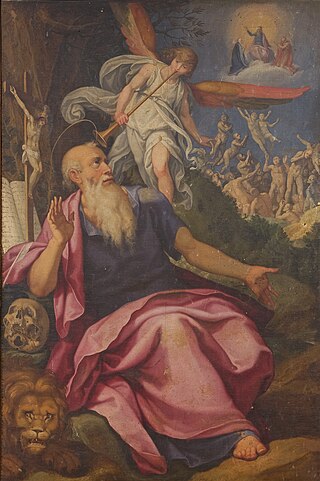
Herr Jesu Christ, wahr' Mensch und Gott, BWV 127, is a cantata by Johann Sebastian Bach for use in a Lutheran service. He composed the chorale cantata in 1725 in Leipzig for the Sunday Estomihi, the Sunday before Lent. It is based on Paul Eber's 1582 hymn in eight stanzas "Herr Jesu Christ, wahr Mensch und Gott". Bach first performed it on 11 February 1725.
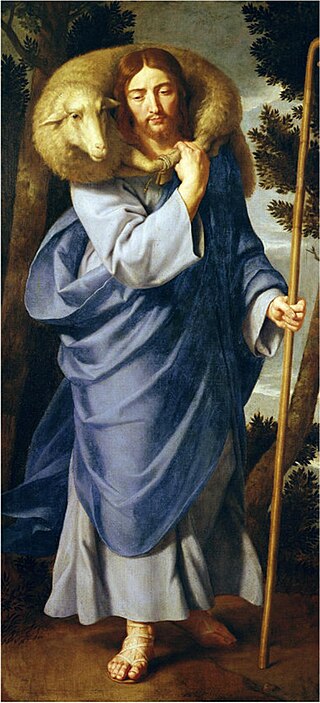
Ich bin ein guter Hirt, BWV 85, is a church cantata by Johann Sebastian Bach. He composed it in Leipzig for the second Sunday after Easter and first performed it on 15 April 1725.
There are 52 chorale cantatas by Johann Sebastian Bach surviving in at least one complete version. Around 40 of these were composed during his second year as Thomaskantor in Leipzig, which started after Trinity Sunday 4 June 1724, and form the backbone of his chorale cantata cycle. The eldest known cantata by Bach, an early version of Christ lag in Todes Banden, BWV 4, presumably written in 1707, was a chorale cantata. The last chorale cantata he wrote in his second year in Leipzig was Wie schön leuchtet der Morgenstern, BWV 1, first performed on Palm Sunday, 25 March 1725. In the ten years after that he wrote at least a dozen further chorale cantatas and other cantatas that were added to his chorale cantata cycle.

Wo Gott der Herr nicht bei uns hält, BWV 178 is a church cantata by Johann Sebastian Bach. He composed it in Leipzig for the eighth Sunday after Trinity and first performed it on 30 July 1724. It is a chorale cantata from his second annual cycle, based on the hymn "Wo Gott der Herr nicht bei uns hält" (1524) by Justus Jonas, a paraphrase of Psalm 124.

Johann Sebastian Bach composed the church cantata Wohl dem, der sich auf seinen Gott, BWV 139, in Leipzig for the 23rd Sunday after Trinity and first performed it on 12 November 1724. The chorale cantata is based on the hymn by Johann Christoph Rube (1692).

Der Herr ist mein getreuer Hirt, BWV 112, is a cantata by Johann Sebastian Bach, a church cantata for the second Sunday after Easter. Bach composed the chorale cantata in Leipzig and first performed it on 8 April 1731. It is based on the hymn by Wolfgang Meuslin, a paraphrase of Psalm 23 written in 1530, sung to a melody by Nikolaus Decius.
Johann Sebastian Bach's chorale cantata cycle is the year-cycle of church cantatas he started composing in Leipzig from the first Sunday after Trinity in 1724. It followed the cantata cycle he had composed from his appointment as Thomaskantor after Trinity in 1723.
Late church cantatas by Johann Sebastian Bach refers to sacred cantatas he composed after his fourth cycle of 1728–29. Whether Bach still composed a full cantata cycle in the last 20 years of his life is not known, but the extant cantatas of this period written for occasions of the liturgical year are sometimes referred to as his fifth cycle, as, according to his obituary, he would have written five such cycles – inasmuch as such cantatas were not late additions to earlier cycles, or were adopted in his oratorios.
